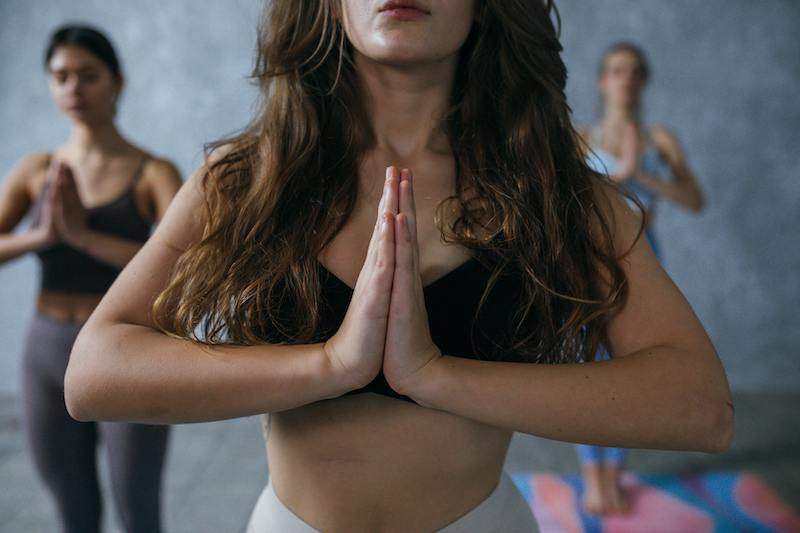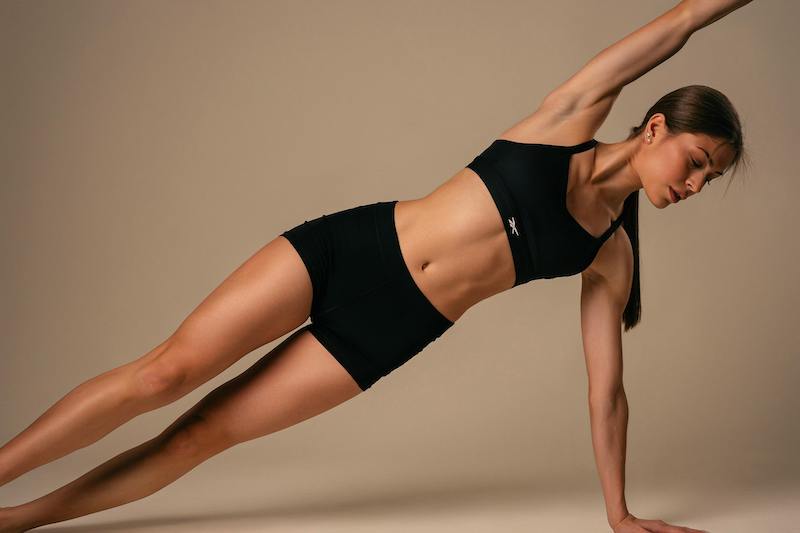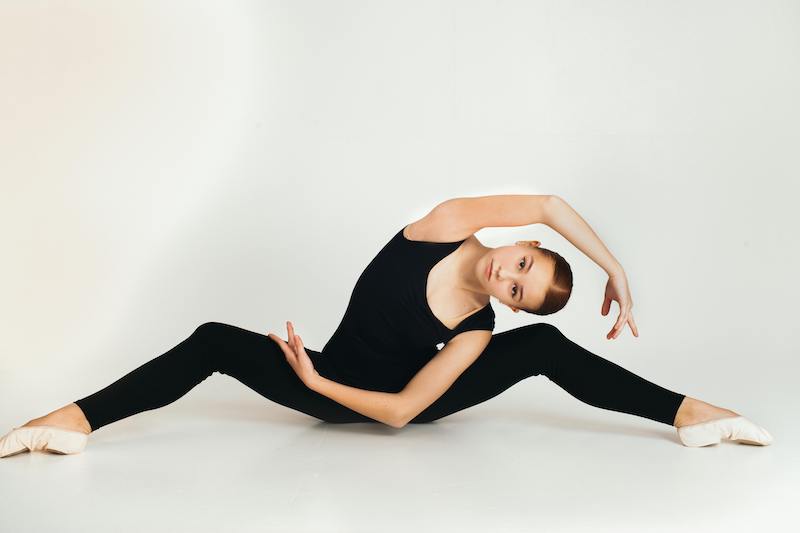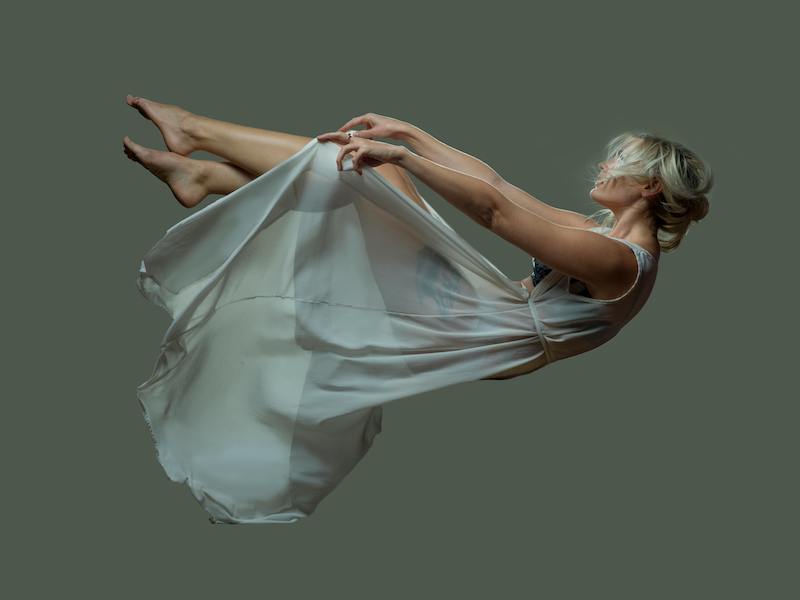Being human can be incredibly messy, right? It would be nice if everything were straightforward.
But what if life’s complexity serves a purpose?
Nature is brilliantly designed, and whether we like it or not, we are meant to face challenges—both individually and as a society. This is how we evolve. Resilience helps us navigate these challenges, enabling us to adapt, transform, and grow in ways we never imagined through life’s toughest struggles.
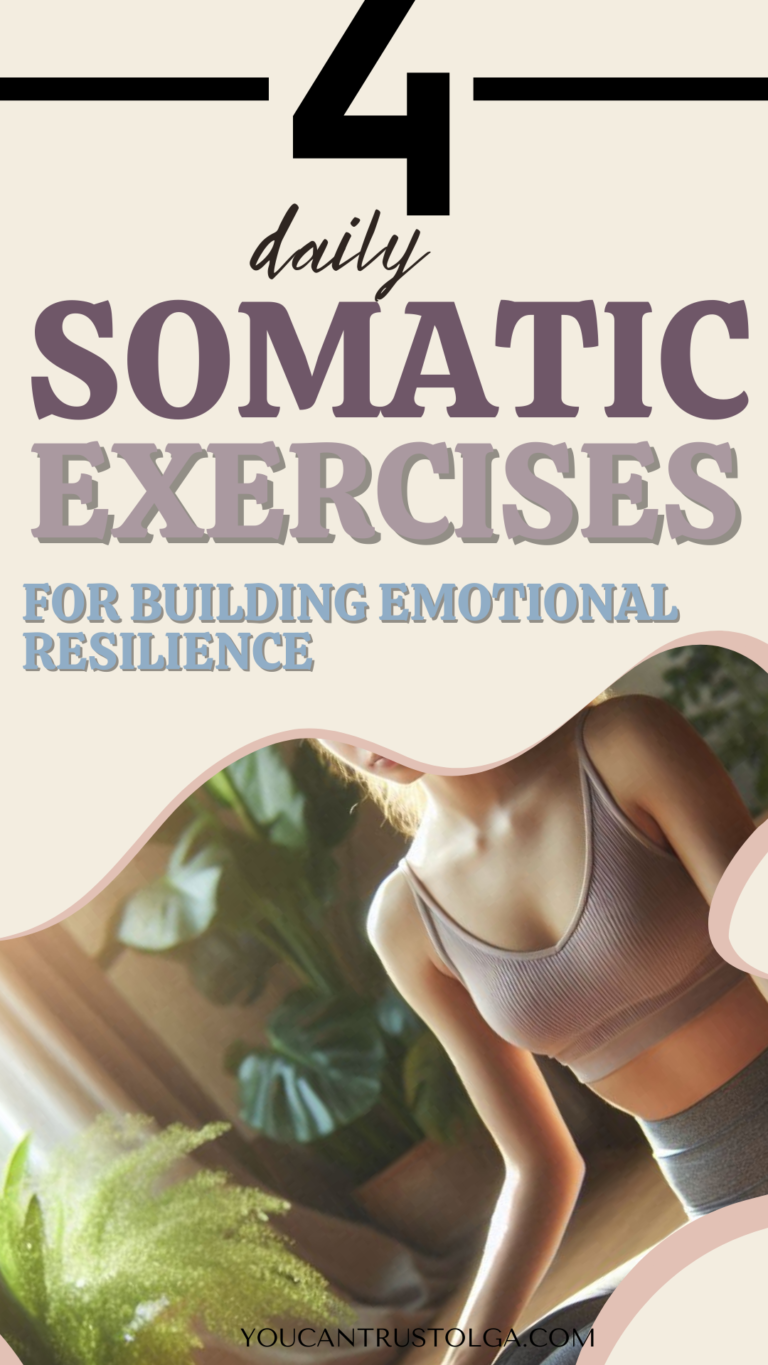
Our nervous system is designed to manage this stress, working to maintain a state of balance and homeostasis. But when your nervous system is constantly under strain from chronic stress and overwhelm, your energy and vitality diminish.
The stress we carry manifests in various ways—chronic anxiety, depression, and other health issues, so building individual resilience is crucial for fostering inner strength and transformation. It helps us stay grounded amid chaos and fully experience life as humans.
Somatic therapy for resilience focuses on the connection between the mind and body, helping individuals process and release stress, trauma, and emotional pain. By emphasizing bodily sensations and movements, somatic therapy fosters a greater awareness of how physical experiences influence emotions and thoughts.
4 Somatic Exercises for Resilience
1. Humming
This exercise encourages relaxation and invites you to feel subtle pleasure in your body. It helps calm restlessness and soothes the nervous system.
The vibrations from humming stimulate the ventral vagus nerve, enhancing your resilience and sending neurotransmitters and electrical signals that reduce activity in the brain’s reactive zones, like the amygdala.
Additionally, the increased oxygenation from the vibrations promotes relaxation and release in your muscles.
HUMMING
- Begin by focusing on the center of your belly, just behind your navel. Take a few deep, slow breaths, feeling your belly expand as you inhale deeply.
- On your fourth or fifth exhale, hum a low, steady tone. Breathe in naturally and repeat this a few times, humming for at least 3 minutes.
- Afterward, pause and notice how your body feels. What has changed since you began? What remains the same? Pay attention to any sensations, thoughts, or images that arise. How does your body want to respond now? Just observe your current experience.
Yoga Bolster Pillow
Upgrade you somatic practice with yoga bolster pillow. This special cushion is used for added support for the body during meditation, somatic stretching or just simple relaxation.
2. Body Mapping
This exercise enables you to visually observe and describe what’s happening in your body, serving as a powerful tool for body awareness.
BODY MAPPING
Gather Your Materials:
Ensure you have a sheet of paper and some markers, pens, or colored pencils.
- Outline Your Body:
Create a simple outline representing your body. You don’t need to be an artist—just sketch something that reflects your shape. - Tune Into Yourself:
Take a deep breath in and exhale fully. Shift your attention inward by closing your eyes or placing one hand on your heart and another on your chest. Allow yourself to settle into the moment. Ask yourself: What sensations do I notice in my body? What needs my attention right now? Are there any images, feelings, or areas of tension? - Intuitively Draw Responding Areas:
Without overthinking, let your intuition guide you. Draw the parts of your body that are calling for attention. Use colors, shades, symbols, or any visuals that express what you feel. - Reflect on Your Body Map:
Once you feel finished, take a moment to observe what you’ve created. Consider where you might want to focus more attention or delve deeper into specific areas. Simply observe what is present.
Finally, give your body map a title that resonates with you.
3. Mindful walking
Most of our traumas, insecurities, and anxieties stem from the moments in our childhood experience a
This practice encourages you to intentionally slow your outer pace to help calm your inner rhythm. It shifts your focus to your movements, posture, and pace.
Allocate about 15 minutes for this exercise.
Find a quiet space where you can walk undisturbed, ideally outdoors but it isn’t necessary. The goal is to walk without a destination, simply being present with each step.
MINDFUL WALKING
- Root into the Earth:
Start by standing with your feet firmly grounded. Take a moment to feel the connection between your feet and the ground beneath you. Shift your attention to your posture, relaxing and straightening your back. - Notice Your Breath and Body Sensations:
Bring your awareness to the quality of your breath. Observe how your chest and belly expand with each inhale and contract with each exhale. Pay attention to the sensations accompanying this rise and fall. Also, notice any other feelings, like the temperature of the air or the texture of your clothing against your skin. - Connect to Your Heart:
Place your hands in a prayer position at your heart or fold them as if receiving the earth’s energy. Set an intention for your walk, such as, “With every step, may I feel relaxed and present, open to the blessings of the Earth.” - Take Your First Step Slowly:
Move as consciously and intentionally as possible. Pay attention to the subtle movements in your legs and ankles, how your toes push off the ground, and how your heel makes contact. Notice the sensations in your legs as you walk. Feel the support of the earth with each step. As you proceed, remain aware of your breathing, balance, and focus. If your mind wanders, gently redirect your attention back to your feet. - When You Feel Complete, Stand Still:
Take a moment to express gratitude to your body and the earth for their support. Follow your intuition—maybe place a hand on a part of your body, lie down on the ground, or speak to the earth aloud. Allow yourself to be guided by what feels right in the moment.
4. Alternate Nostril Breathing
This practice focuses your awareness on your breath, allowing you to connect deeply with each inhale and exhale.
ALTERNATE NOSTRIL BREATHING
- Find Your Position:
Sit comfortably, preferably with your back straight. - Center Yourself:
Take a moment to ground yourself. Tune into your body and notice your presence in this moment. - Begin the Practice:
Gently close one nostril with your finger and inhale fully through the other nostril. Then release that nostril and close the one you just inhaled from to exhale completely through the opposite nostril. - Continue Alternating:
Inhale through the same nostril you just exhaled from, then close it and exhale through the other. Repeat this process for several breaths. - Listen to Your Body:
If you start to feel lightheaded or disoriented at any point, stop the practice. - Return to Normal Breathing:
After a few cycles, return to your regular breathing and take a moment to observe any changes in your body or mind. - Express Gratitude:
Take a moment to appreciate the breath of life and the clean air that the Earth provides us.

